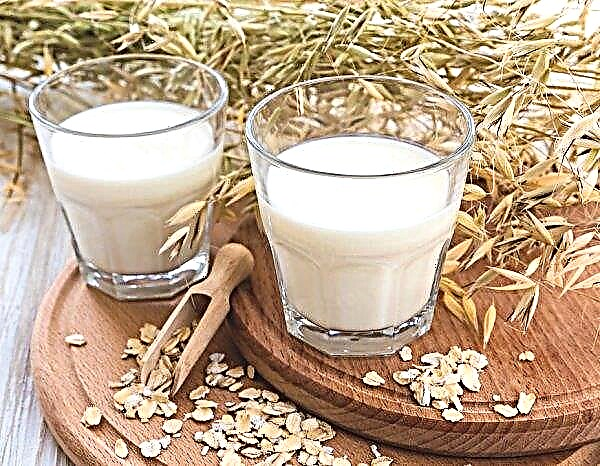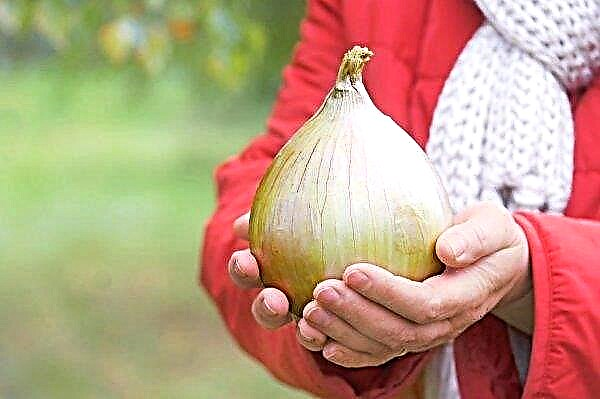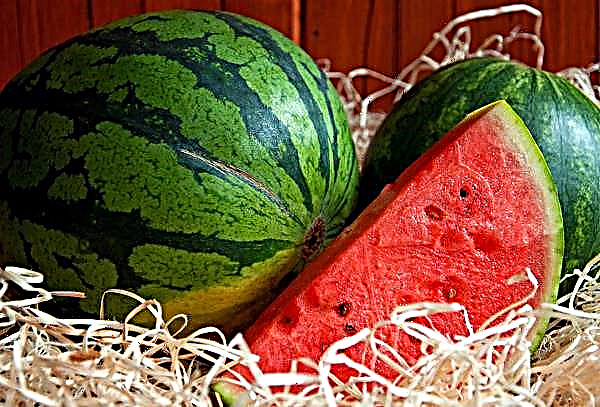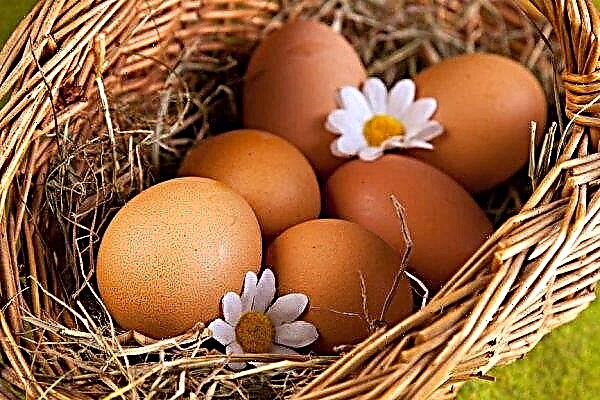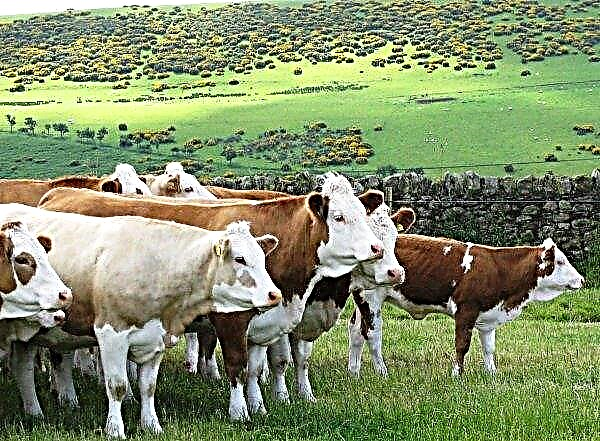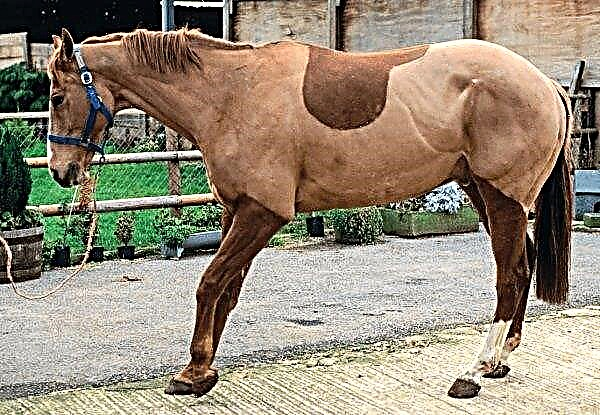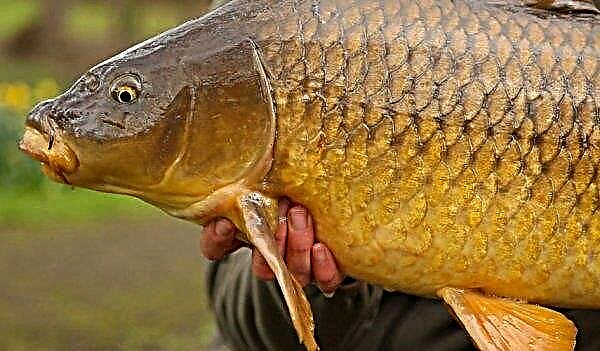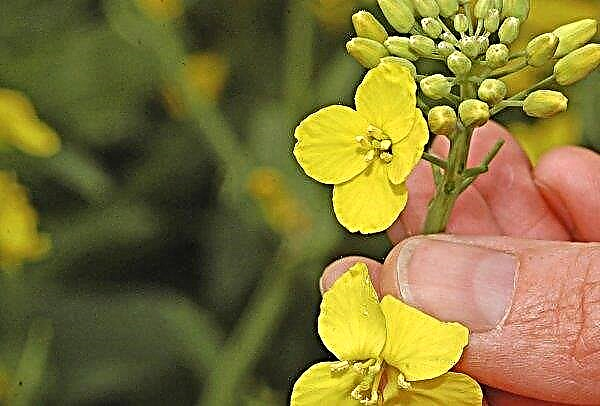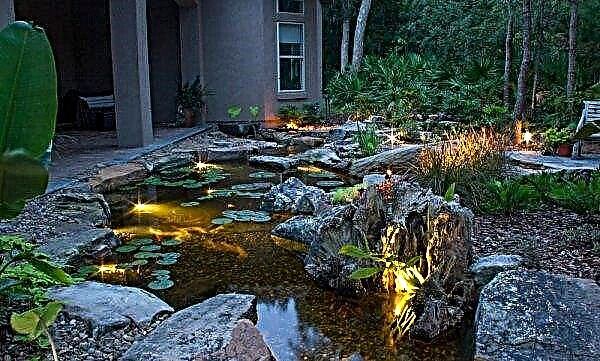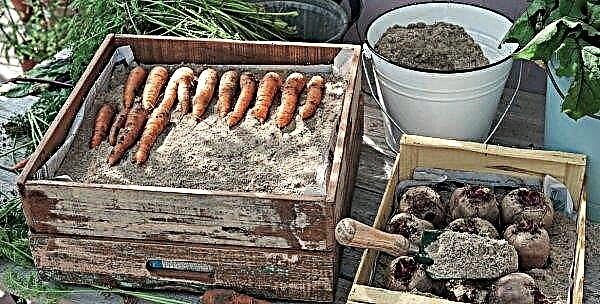Beehives were made by man at different times from different materials. Straw, clay and wood were once the most common materials. People made beehives even from concrete. But one of the most successful was recognized as plastic. With the development of beekeeping, people began to collect evidence for bees with their own hands, using all kinds of design and material. Now the most numerous and successful of the new designs for bee dwellings are made of plastic molds both with their own hands and in the workplace.
Advantages and disadvantages of polyurethane foam hives
Polyurethane foam is a material that has proven itself for the manufacture of bee houses.
- The advantages include:
- excellent thermal insulation properties;
- structural strength;
- lack of rot;
- excellent sound insulation;
- lack of development of fungus and bacteria;
- does not pass moisture;
- easy care;
- design mobility;
- durability, up to 25 years;
- not attractive to mice and birds.

Some disadvantages of polyurethane foam houses still exist.
- These include:
- the need for painting from the outside (due to the destruction of the material under the influence of direct sunlight);
- fairly high cost;
- the need to weight the product;
- the likelihood of a fake;
- average ventilation level;
- high flammability;
- the need to replace parts; sections are not subject to repair.
Do-it-yourself hives PPU at home
Polyurethane foam hives are built using metal molds, and they are made of sheet metal. There are designs of molds for solid hives and those that can be folded as a designer.

Metal is expensive, the process is complicated, so the cost of collapsible and cast houses is high. If ready-made forms are used for production, then the payback of this process will be in the manufacture of a large number of hives.
Beekeepers, in fact, are handymen. And many people are not afraid of working with metal, and welding is subject to them. Thinking of making hives with your own hands, you will need some important tools (welding machine, grinder, etc.), drawings and consumables.
Important! Styrofoam hives cannot be disinfected with a blowtorch.
Costing and equipment
The calculations presented below are only average indicators. Some deviations in price, quality of materials, production technology are possible. The cost of producing PPU hives is easy to calculate.
Calculation for the manufacture of the cover of a bee house made of polyurethane foam
Dimensions:
- length - 450 mm;
- width - 540 mm;
- thickness —70 mm.
The total V of the required polyurethane foam with a density of 60 kg / m³ is 0.01701 m³.
The total mass of polyurethane foam components: m = p × V = 60 × 0.01701 = 1.0206 kg.
Any technological process is accompanied by losses. In percentage terms, this is approximately 10 to 20% of the estimates. You need to understand that the risk of rejection also exists.
- The reason may be:
- low mold heating;
- inadequate amount of material poured;
- oversupply of material.
 The total weight of the hive for bees from polyurethane foam is not more than 7 kg.
The total weight of the hive for bees from polyurethane foam is not more than 7 kg.
Calculation of the number of necessary parts for the manufacture of bee houses with a wall thickness of 40 mm:
- cap: length 540 mm, width 450 mm, height 70 mm, weight (p = 60 kg / m³) - 1100 g, weight (p = 100 kg / m³) - 1320 g;
- base (bottom): length 560 mm, width 450 mm, height 105 mm, weight (p = 60 kg / m³) - 1400 g, weight (p = 100 kg / m³) - 612 g;
- case (on frame 300): length 540 mm, width 450 mm, height 300 mm, weight (p = 60 kg / m³) - 2800 g, weight (p = 100 kg / m³) - 1944;
- housing (on frame 230): length 540 mm, width 450 mm, height 230 mm, weight (p = 60 kg / m³) - 2100 g, weight (p = 100 kg / m³) - 1636 g;
- shop (on frame 155): length 540 mm, width 450 mm, height 155 mm, weight (p = 60 kg / m³) - 1400 g, weight (p = 100 kg / m³) - 1080 g.
Check out

To calculate the exact cost data, it is recommended to get acquainted with the price list of companies and resort to the services of a competent estimator.
What equipment is needed to fill the foam, depends on the shape for making hives from this material. The volume of output depends on the performance of the filling machine.
Use:
- the NAST - 7M foam generator;
- NAST - 10 foam generator - unit of increased productivity;
- TMS - 5 foam generator, it is distinguished by compactness and the ability to carry out both pouring and spraying;
- UZK-22 device - the kit includes a casting unit that allows you to produce molded structures by pouring polyurethane foam into a mold or formwork.
Necessary tools and materials
Before starting work, you need to stock up with the necessary accessories.

Must have:
- polyurethane foam from a trusted manufacturer with a material thickness of at least 5 cm;
- water-based paint or acrylic-based paint;
- spray gun or regular brush;
- stationery knife with a blade width of 2 cm or more;
- roulette, and preferably a metal ruler;
- stapler with staples (14 mm, 6 mm);
- degreaser;
- plastic corners with dimensions: 1.5 × 1.5 cm;
- The screwdriver is ideal, but you can also use a conventional screwdriver;
- glue;
- sanding paper for grinding;
- pen or felt-tip pen;
- self-tapping screws.
Step-by-step manufacturing instructions, drawings
For casting PPU designs, you will need a metal mold. It can be made with your own hands. Most often they are made of tin in a shape resembling a trough. In such bases, ordinary rectangular-shaped polyurethane foam sheets are obtained. Of these, they later assemble the buildings of the houses. The height of the sides make more than 9-10 mm. If you make the sides smaller, the output will be thin sheets of foam, which will later bend.
Making hives from polyurethane foam using a mold for casting
To work with the form you need to perform certain actions.
Step-by-step instruction:
- Lubricate the inner surface of the base with a tool that can prevent the sticking of cured PUF to the metal.
- The mold is not poured to the top, because during the solidification period the volume of the foam will become larger. The curing process lasts approximately 30 minutes.
- The finished workpiece is removed from the mold. If it gets bad, you need to gently tap with a hammer.
- Sand the polyurethane foam part with sandpaper.
- Degrease the product and cover with water-based paint or acrylic-based paint. It is advisable to add a green color.
Video: Making PPU hives for your apiary
Argon mold set for the manufacture of 10-frame hives
10-frame hives and accessories for them can be purchased from the company Argon Prime LLC.
Mold casting is of good quality, the set includes:
- side walls;
- end walls;
- covers;
- bottom;
- clamps.

Hive assembly
It is not difficult to assemble a construction from PPU.
It should be clearly performed step by step:
- Install housing side down. Spikes not her will not allow the structure to fall apart.
- To fasten the walls, use self-tapping screws (100-150 mm) and a screwdriver or screwdriver.
- Screw the side wall to the end wall for 4 screws. With the opposite side wall do the same.
- Screw 2 self-tapping screws into the end walls in the center of the stud in the front and back sides. When fastening, you need to hold the corner tight.
- Put the lid on top.
- Install frames in the assembled case.
Video: Build a beehive from PPU
Features of use and care
To clean the hives you will need a chisel. The houses are wiped with a weak soda solution. Some beekeepers use steam cleaning. After it is necessary to dry the structure. They paint the surface about once every 5 years.
Important! When cleaning hives, propolis is not removed in the corners. It helps the bee family withstand disease.
How to keep bees in hives from PPU
In structures made of polyurethane foam, good microclimatic conditions are created for bees. This is especially noticeable with early development in the spring. Thus, thermal conditions become a guarantee of high productivity of products. The bee colonies grow strong, they will be able to produce 80–85 kg of honey per family.

This is despite the fact that 4-5 extensions per 39 × 24 cm frame are needed for development. Family reduction for winter time is not required. So that families in the buildings do not swarm, you need to create strong offsets from them in mid-May, and combine them again in the winter.
There is no need to store honeycombs, protecting them from moths, to collect sushi. Strong families annually during the bribe period freely build more than one corps of wax. Of course, this has become a guarantee of a quick and constant update of cells.
Did you know? The bees — some of the most powerful insects on the planet. On a rough surface, they can drag a load that is 320 times their body weight.
What other materials can be used
To make bee houses, craftsmen use different materials: polystyrene foam, polystyrene and plywood. Each of these materials has its pros and cons.
Expanded polystyrene
Expanded polystyrene structures for bees have advantages.

- These include:
- the same dimensions of the cases, which is an indisputable plus if necessary, replace one part with another;
- lightness and strength of the structure;
- moisture resistance;
- lack of decay factor;
- good protection from frost and wind;
- profitability of operation.
- Among the shortcomings can be noted:
- minimal ability to clean the structure of propolis;
- moisture accumulation at the bottom;
- the difficulty of disinfection.
Styrofoam
Foam constructions are the cheapest, and it is because of the relative cheapness that attracts beekeepers. This is because hives made of polystyrene are durable, easily move from place to place.
Did you know? To get 1 tbsp. l honey, 400 bees should work all day. 200 toilers must collect pollen, and another 200 — take and process nectar.
Plywood
The availability of material allows you to make hives from plywood. Strength and environmental friendliness are the main advantages for making bee houses. However, the durability of such structures is low - up to 8 years.

From what material to make beehives for their bee colonies, it is for everyone to decide. It is important to evaluate your capabilities, both material and artisan. In fact, there are people who like to do something with their own hands, while not paying attention to costs, but there are those who are easier to pay and get the finished product and immediately start doing what they love.

